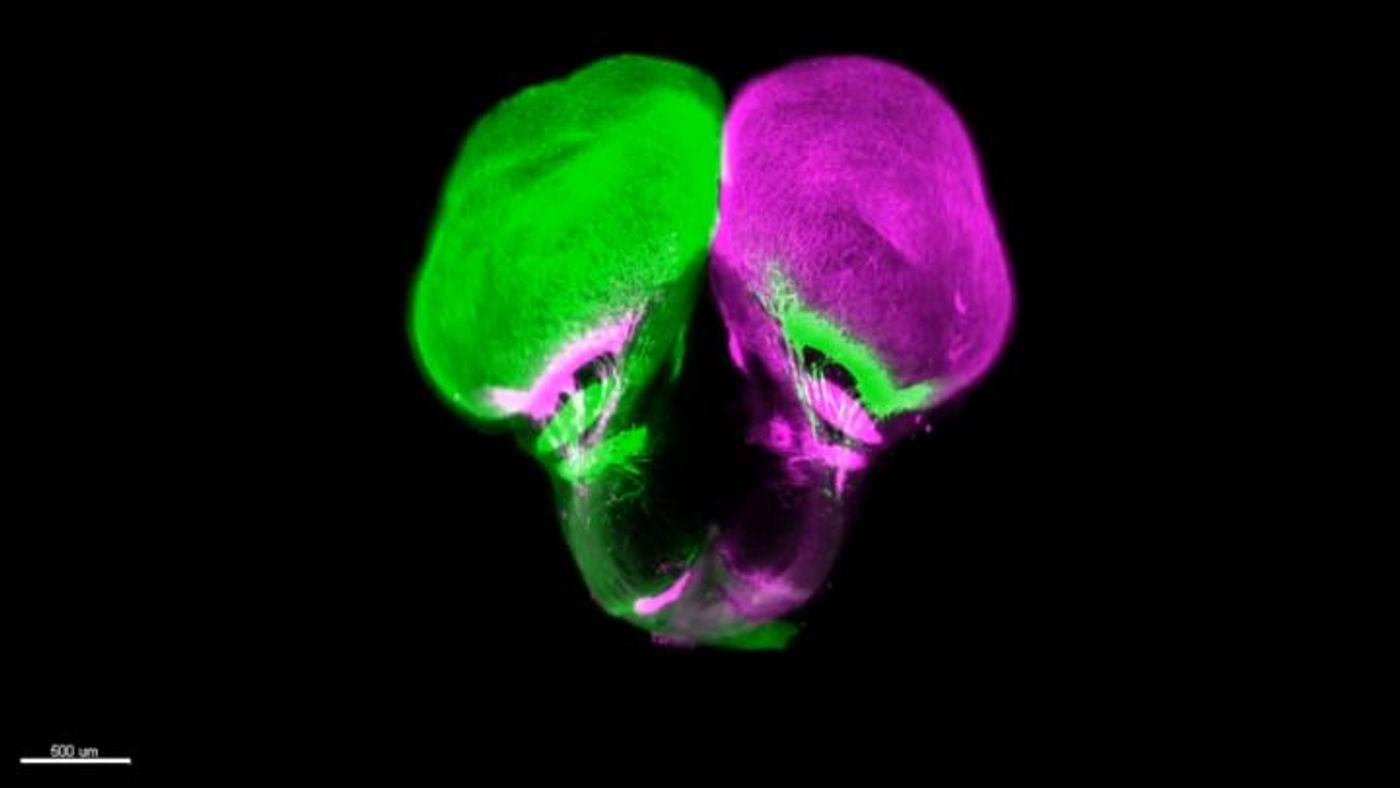An Ancient Fish Is Changing Modern Textbooks
Scientists have used the gar fish to learn more about the network of nerves that links our eyes to our brains. The gar is an ancient animal that's shown that these neural connections evolved far earlier than we knew; they were present in ancient fish that lived at least 450 million years ago before animals lived on land. That changes our previous estimate by over a hundred million years.
"It's the first time for me that one of our publications literally changes the textbook that I am teaching with," said Ingo Braasch, an assistant professor in the Department of Integrative Biology in the College of Natural Science at Michigan State University.
The work, which was reported in Science, can also tell us more about the evolution of depth perception and has shown that the gar can be a good model for vision research. Their vision system is more similar to humans than another model organism, the zebrafish. Braasch noted that the differences between human and modern fish vision are one reason why people thought the neural connections between the eyes and brain evolved for the first time in tetrapods - four-limbed animals that live on land.
"Modern fish, they don't have this type of eye-brain connection," Braasch said. Gar, on the other hand, evolved slower than zebrafish and have retained more connections to the last common ancestor that fish and humans shared. Braasch's team is learning more about gar biology and genetics, and whether they will make a good model organism for more labs.
Study leaders at the Inserm public research organization in France reached out to Braasch for his expertise.
"Without his help, this project wouldn't have been possible," said Alain Chédotal, director of research at Inserm and a group leader of the Vision Institute in Paris. "We did not have access to spotted gar, a fish that does not exist in Europe and occupies a key position in the tree of life."
Chédotal and Filippo Del Bene analyzed the neural connections between the eyes and brains of various fish species including zebrafish, gar, and Australian lungfish.
Each eye has a nerve that connects to the opposite side of the brain in zebrafish. But in ancient fish, each eye has two connections that go to either side of the brain. Humans also have these types of connections, which are called ipsilateral or bilateral visual projections. Now that the researchers have revealed more about when bilateral projections appeared, they can learn more about their biology.
"What we found in this study was just the tip of the iceberg," Chédotal said.
"We're finding more and more that many things that we thought evolved relatively late are actually very old," Braasch said. "I learn something about myself when looking at these weird fish and understanding how old parts of our own bodies are. I'm excited to tell the story of eye evolution with a new twist this semester in our Comparative Anatomy class."
Sources: AAAS/Eurekalert! via Michigan State University, Science









